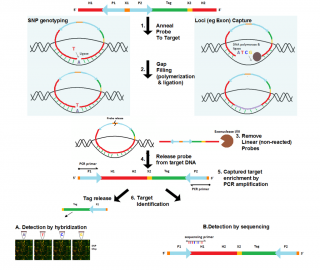- News
- Parents of Children with Epileptic Encephalopathies Found More Likely to Carry De Novo Mosaic Mutation for Disorder Than Previously thought
Parents of Children with Epileptic Encephalopathies Found More Likely to Carry De Novo Mosaic Mutation for Disorder Than Previously thought
Parents of children with epileptic encephalopathies are far more likely to carry a mosaic mutation than previously thought, according to an international study that was presented at 2016 annual meeting of the American Epilepsy Society in Houston. According to the abstract presented at the meeting 10 of 109 families were found to have the mosaic de novo mutation causing epileptic encephalopathies in one of the parents. This meant that additional offspring were also at increased risk of being born with the condition. Three of those 10 families already had a second child with epileptic encephalopathy.
De novo mutations are considered to be either sporadic events that happen in the germ cells of a parent and hence a low risk of recurrence, or they occur post-zygotically in the developing fetus. But these new findings suggest that those 10 percent of parents they have a much higher risk of recurrence. The findings of this study have major implications in the way families who have a child with an epileptic encephalopathy undergo reproductive counselling.
A new, highly sensitive technology called single molecule molecular inversion probes was used to quantify the percent of cells from parents' blood or saliva carrying a mutation in one of 31 established epilepsy genes and previously reported as de novo by either clinical or research analysis of parental DNA. Traditional Sanger sequencing methods would not have identified the mosaicism found in six of the fathers and four of the mothers since the fraction of mutant alleles identified ranged only from 3 to 25 percent. The greater the number of mutant alleles, the higher the likelihood of having another child with the abnormality, although the probability is still small with 3 to 20 percent of mosaics.
Read more:
AES Abstract 1.335: Myers C, Thuesmunn Z, Muir A, et al. Frequency of mosaicism in parents of children with epileptic encephalopathies.
Read More
